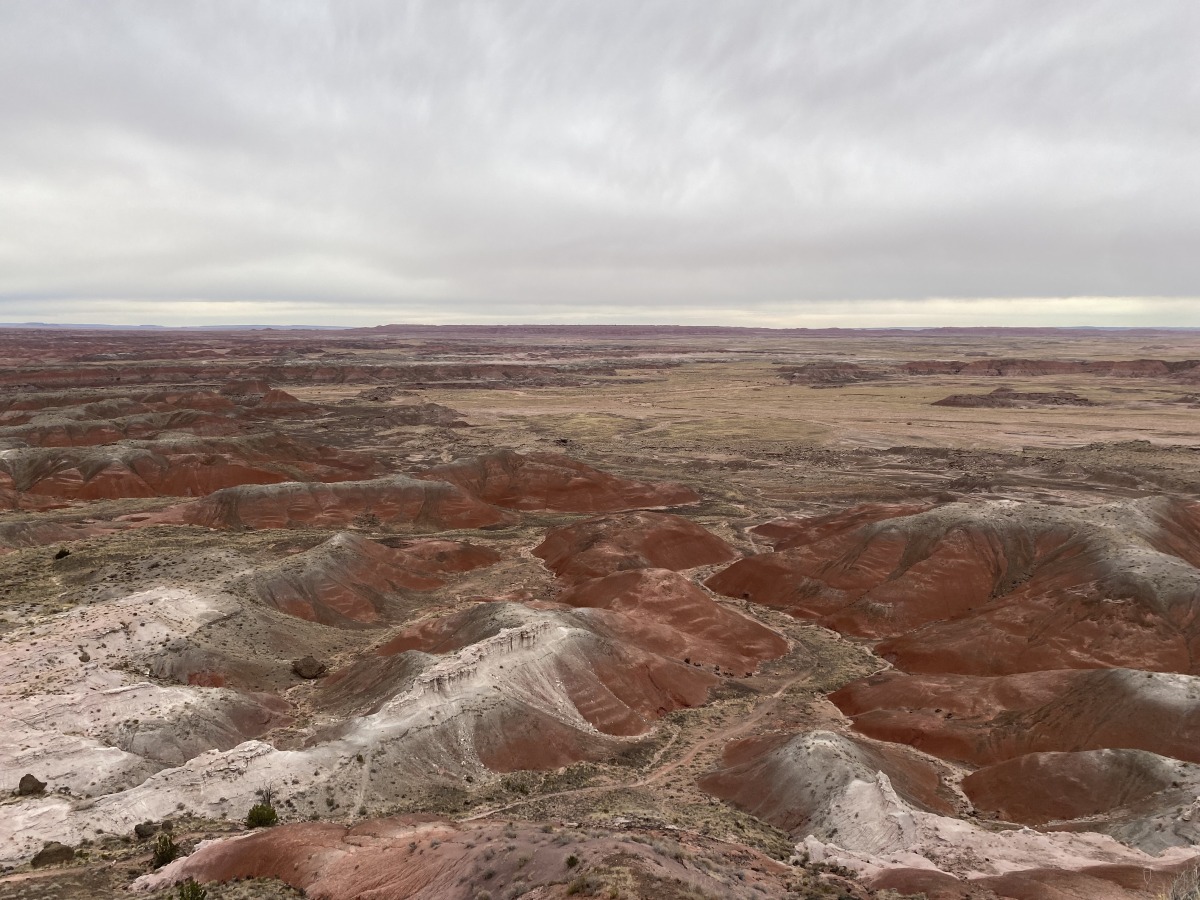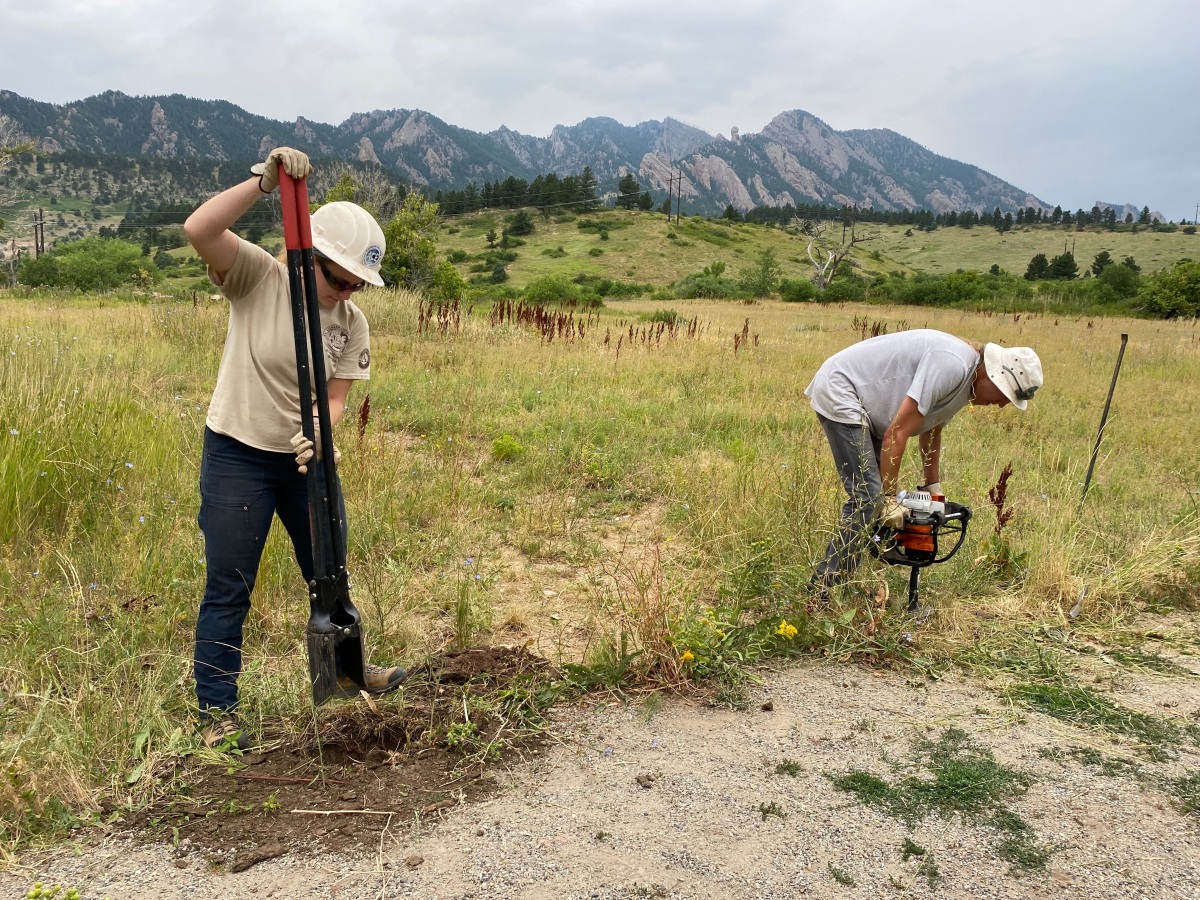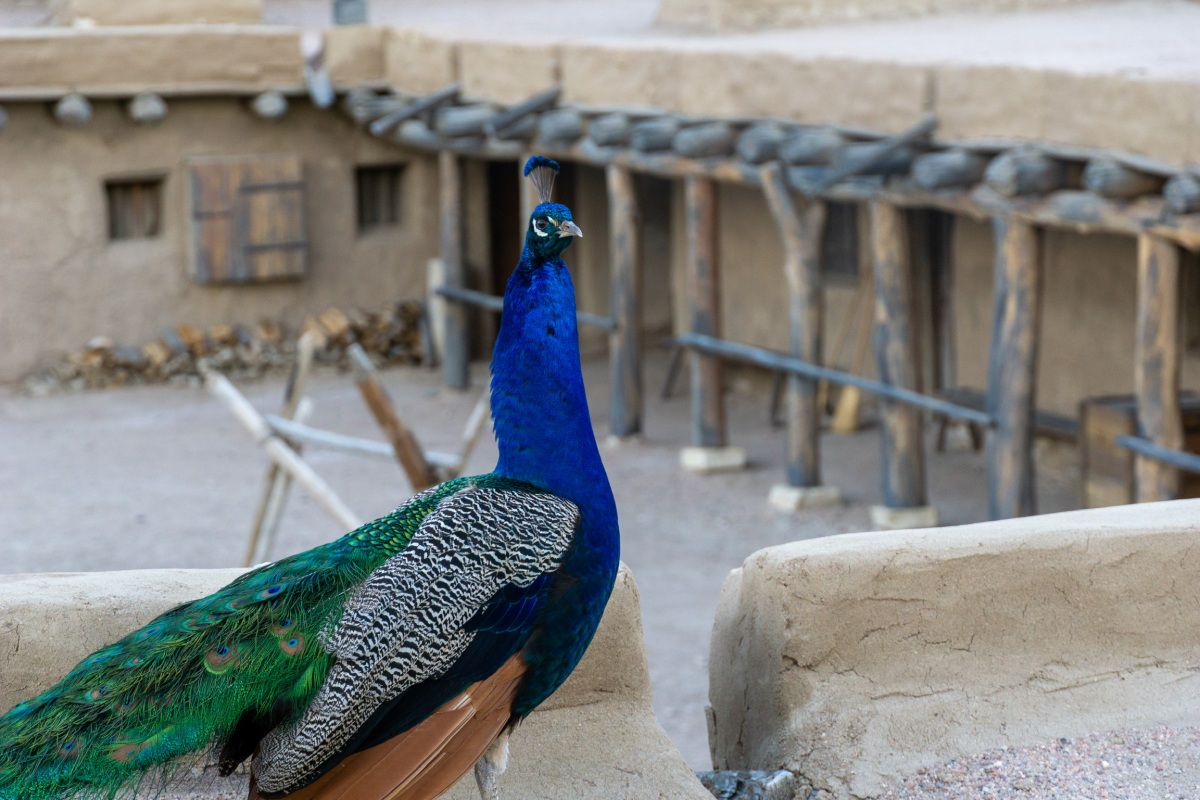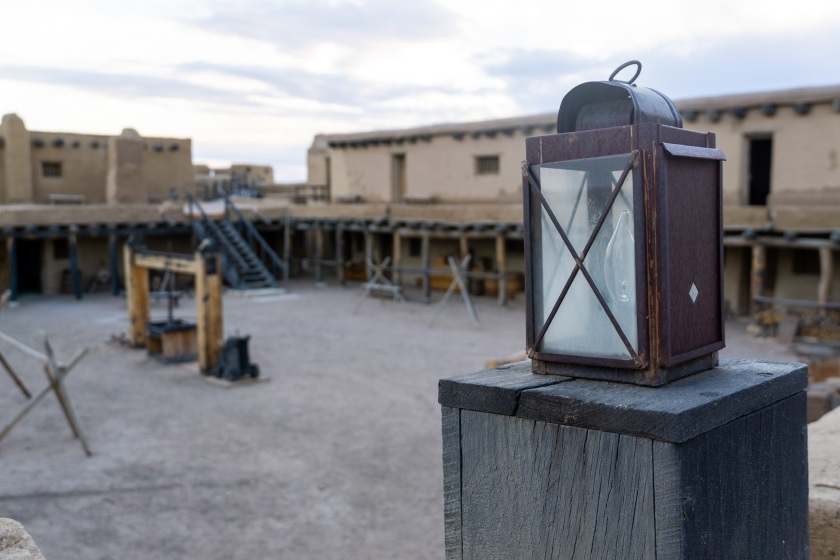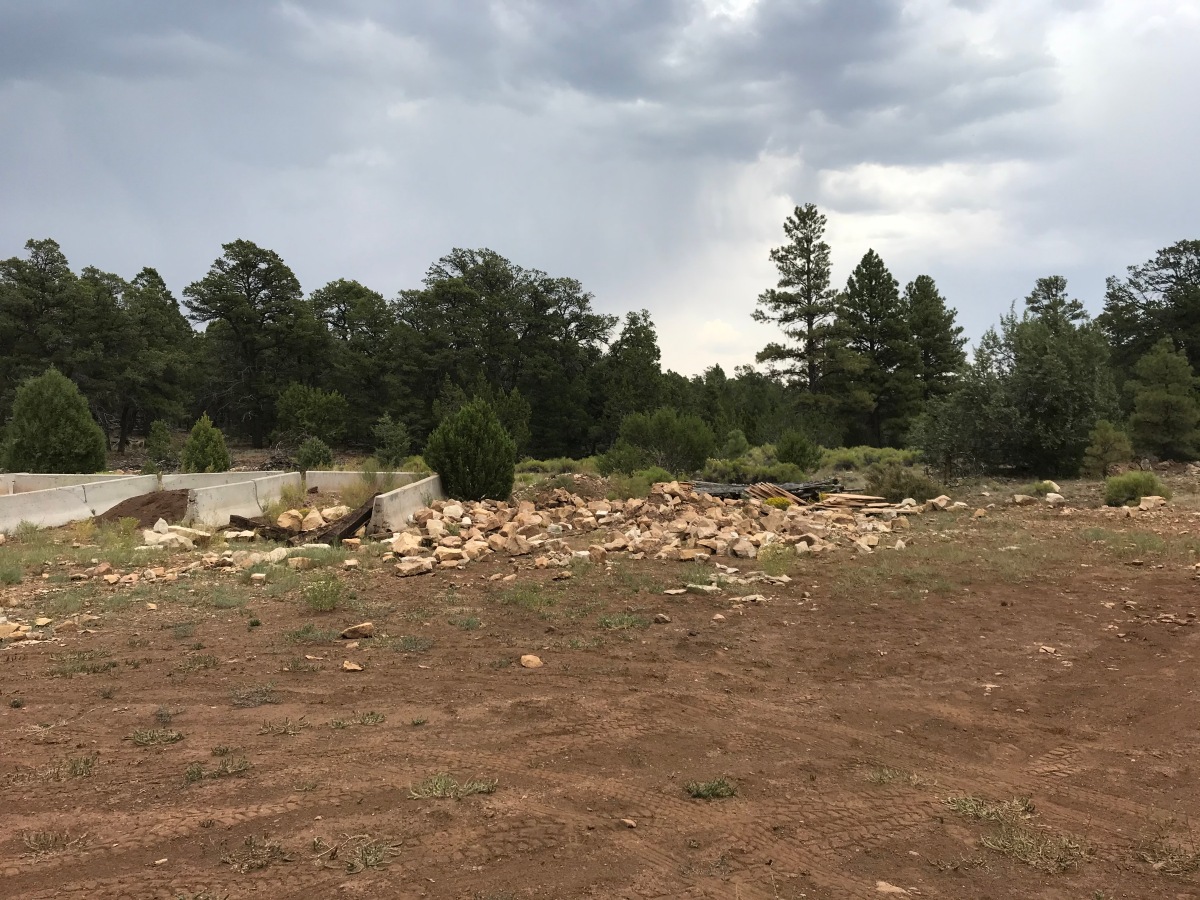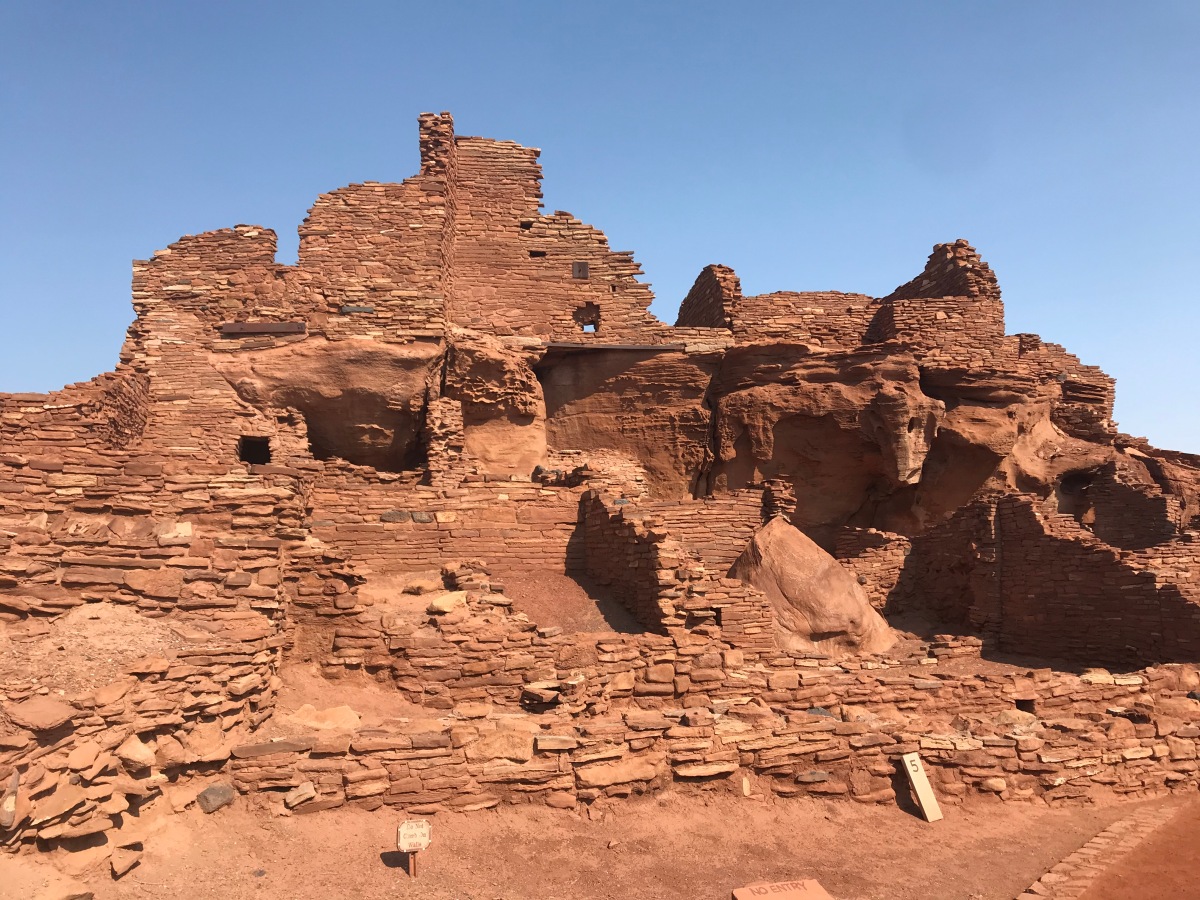The most classic example of conservation might be planting trees, and I was lucky enough to finally spend a project doing exactly that. For the month of February, my crew and I worked at Havasu and Bill Williams National Wildlife Refuges in southern Arizona planting trees to restore habitat that had burned down in recent fires.


The above images show Bill Williams River before and after the Planet Ranch fire. In June of 2021, this wildfire burned over 1,200 acres of the refuge. This area was home to dense stands of uninterrupted cottonwood and willow trees that were used by over 300 species of birds, over 150 species of butterfly, and many mammals including mountain lions, bobcats, and the rarely-seen coatamundi (a long-tailed lemur-looking thing).

Historically, the Bill Williams River that runs through the refuge flows in a “braided” river system, which was how the natural ecosystem managed fires. If you can imagine “strands” of the river flowing around and breaking up the long stretches of trees, any fire would have been stopped at the water’s edge and unable to spread very far. Now, the river is managed by the U.S. Army Corps of Engineers Los Angeles District, who decides when and how much water to release into the refuge system from. This means there are periods when the river does not flow into the refuge at all, or is very low. The water is currently contained at the Alamo Dam upstream.



Our job was to re-plant the native Fremont cottonwood, Gooding’s willow, and Coyote willow tree species along the river. We hiked out to an area of the refuge where cottonwoods and willows were re-sprouting and cut 2-3 branches per patch of regrowth. We trimmed the leaves, so that the branch wasn’t wasting energy on them, and put the “poles” into large trash bins to be transported by boat to our planting site (top right).


At the planting site, we used a long hose with an attachment called a “stinger” that shot a thin stream of pressurized water into the ground. The poles were then planted into these holes (above left) and covered with a protective plastic sheath (above right) to protect them from beavers.


We planted over 500 poles along the river throughout the two weeks we were at this planting site. Not all of them will grow back. However, as you can see this area was burned so badly that nothing is coming back up on its own, so anything we can do will help.


An important part of helping native trees regrow is making sure invasive species don’t regrow faster. Above are two strategies for managing the biggest invasive competitor, Salt Cedar (also known as tamarisk). We sprayed herbicide on smaller regrowth and used chainsaws to cut down the ones that were already established.


The other refuge we worked on this month wanted us to plant trees for different reasons. Havasu National Wildlife Refuge wanted all the poles and trees above to be planted in various parts of the refuge. Top left: cottonwood and willow poles. Top right: mesquite, palo verde, ironwood, and willow saplings.
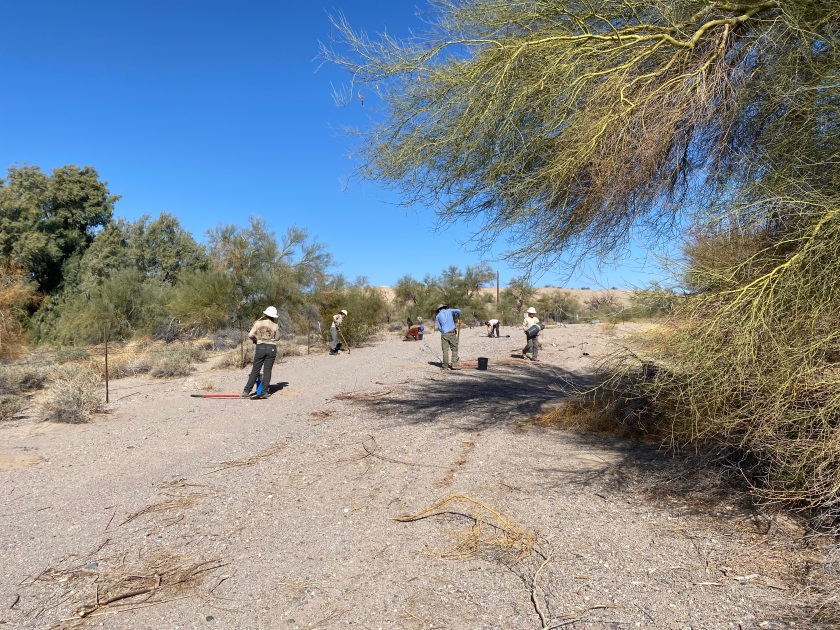
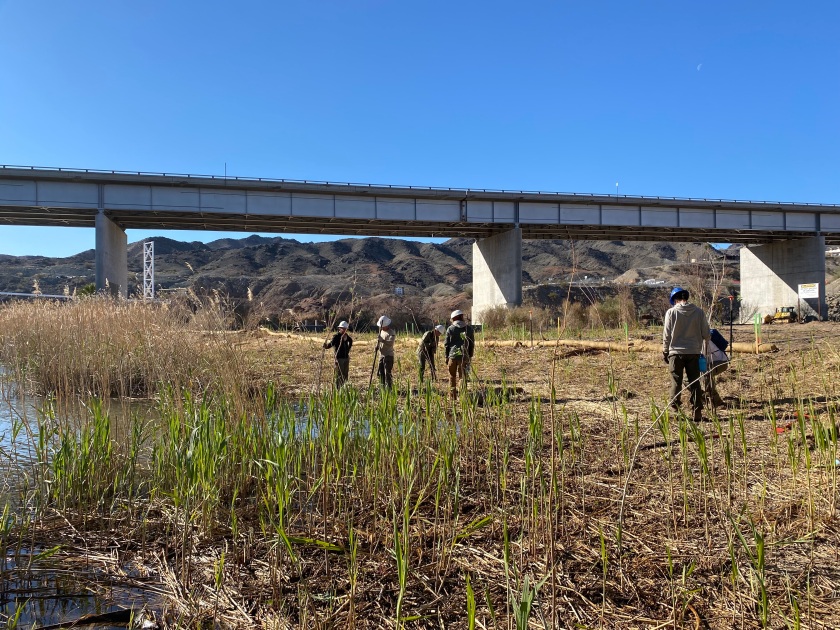
We planted these trees in order to restore an old road back into wildlife habitat and to prevent ATVs from driving off-road. We also planted near a highway overpass as part of Pacific Gas and Electric (PG&E)’s commitment to conservation (and to make up for dumping chemical waste on the refuge dozens of years ago).



